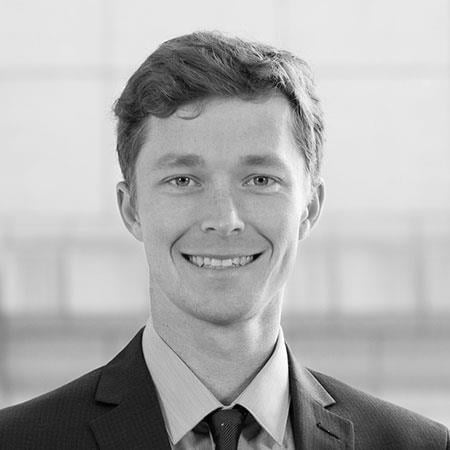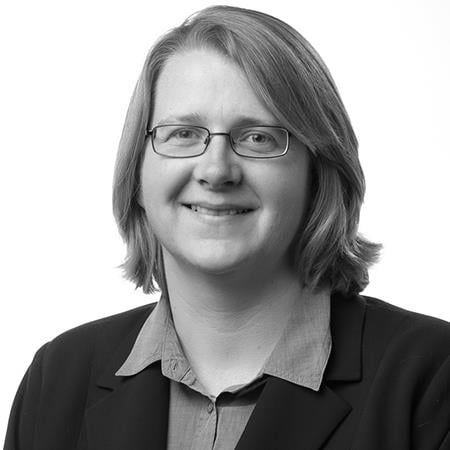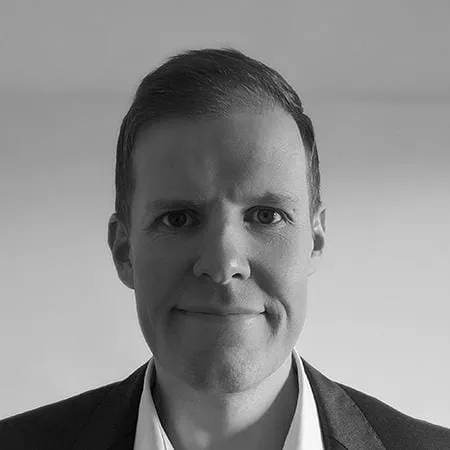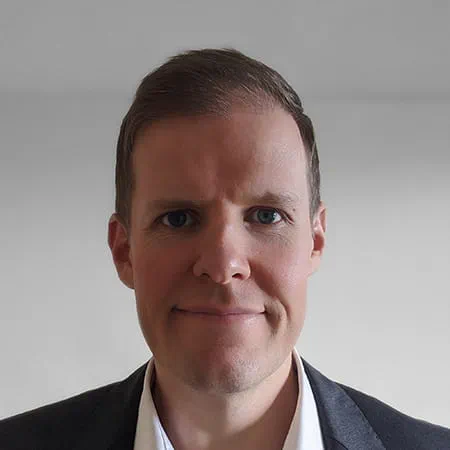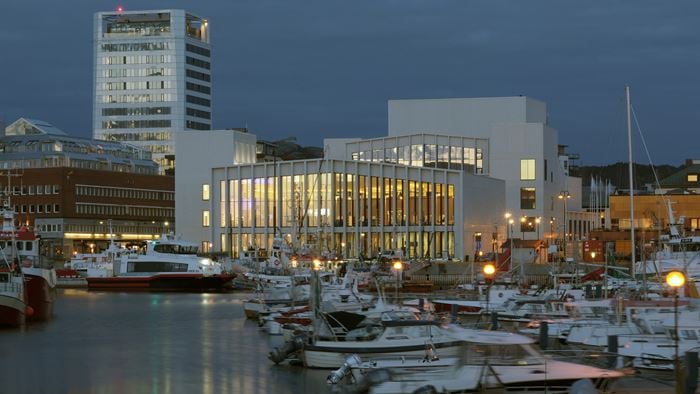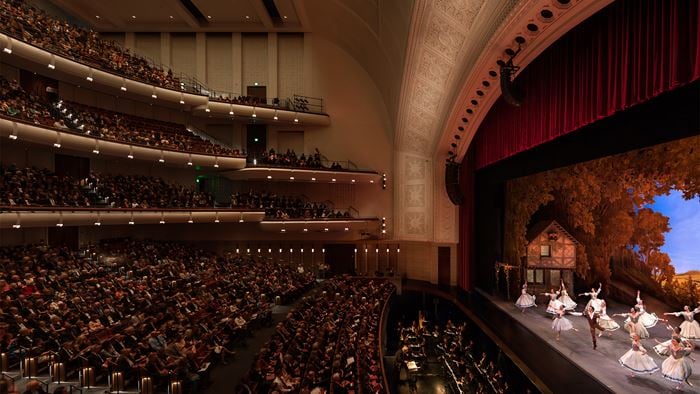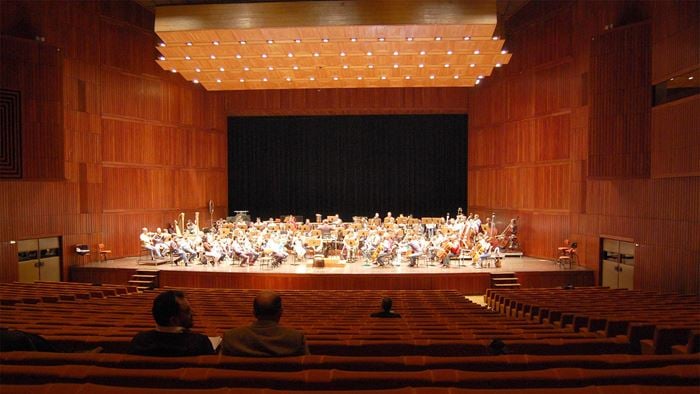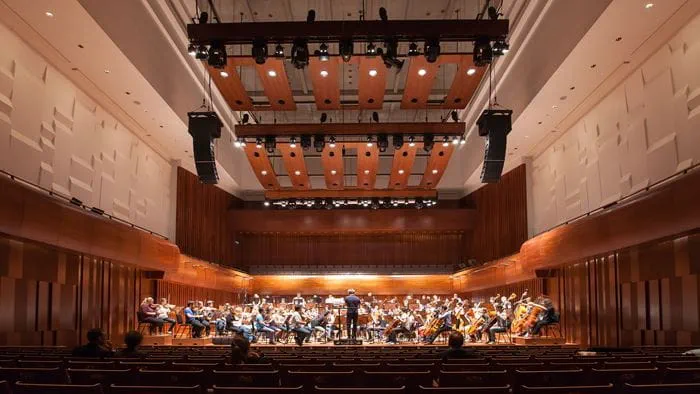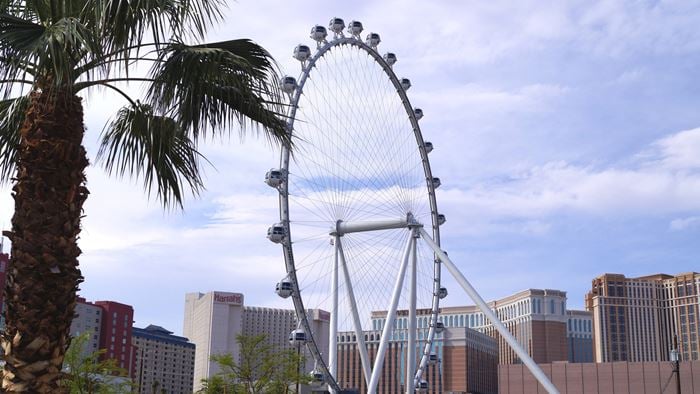Making stability sustainable
Through monitoring, numerical modelling, immersive simulations and imaginative damper design, we help clients anticipate and mitigate the vibration issues that may affect the comfort and safety of occupants.
Our insights not only deliver better performing structures. Working from first principles, we are challenging traditional, carbon-intensive approaches to make stability sustainable. To inform designs that meet both performance goals and carbon targets. To trim out material from designs. To unlock the use of lightweight alternatives like timber.
Different challenges, different tools
Our team represents every discipline in vibration engineering, allowing us to match the right expertise and tool to the project and issue. We have authored many of the tools and algorithms we use ourselves and refined their accuracy against monitoring data. That investment in new approaches and technologies is helping our clients to navigate their design choices with greater confidence.
For example, data and reports give the facts, but to simulate the experience of vibration from different design options, we have created our own tool. Our Motion Platform combines data from designs and environmental factors to give clients a real-time, immersive experience of the vibration effects building users will experience. We combine our Motion Platform with sound enabled virtual reality to fully simulate the reality of these forces.
Sydney: lightweight stability
The ambitious double helix design of Sydney’s Lachlan’s Line pedestrian bridge presented an issue for structural engineers: the more you squeeze the design to deliver elegant, lightweight structures, the greater the vibration. By incorporating dampers into the structure, we delivered both the architect’s radical vision and a comfortable, safe experience for the bridge’s pedestrian users.
Explore the Lachlan Line bridge projectMilan: isolating structures from vibration
By making vibration a key consideration from concept stage, we were able to deliver integrated, effective answers to the vibration issues facing Milan’s Bosco Verticale residential tower. We mitigated vibration from nearby Metro lines by isolating the building on springs, delivering comfort for apartment occupiers and helping the developer maximise the value of their project.
Explore Bosco VerticaleWashing D.C.: extending the use of timber
Timber offers a lightweight, reusable, low-carbon option for extensions like the additional storeys created at Washing D.C.’s 80 M Street building. We used our Motion Platform to help both client and architect navigate the trade-offs between a structure sufficiently light to work with the building’s current foundations, but sufficiently heavy to limit vibration for the offices’ occupants.
Explore 80 M StreetSingapore: modelling crowds
For less predictable causes of vibration such as the movement of crowds in large sports and concert venues, we use our self-developed simulation tools to accurately simulate behaviour and the forces created. This allows us to take a performance-based approach to mitigating crowd-induced vibration and maintaining safety for venues such as Asia’s first sports, leisure and lifestyle stadium: the Singapore Sports Hub.
Explore the Singapore Sports HubLondon: stability and space
In dense urban environments where space is at a premium, integrating vibration measures into the structure helps maximise the floorspace created without intrusive pillars and supports. For the City of London’s 52 Lime Street development, we iterated solutions with the structural and wind team to design outrigger dampers, rather than rely on bulkier, space-intensive tuned mass dampers.
Explore 52 Lime StreetSydney
Sydney: lightweight stability
The ambitious double helix design of Sydney’s Lachlan’s Line pedestrian bridge presented an issue for structural engineers: the more you squeeze the design to deliver elegant, lightweight structures, the greater the vibration. By incorporating dampers into the structure, we delivered both the architect’s radical vision and a comfortable, safe experience for the bridge’s pedestrian users.
Explore the Lachlan Line bridge projectMilan
Milan: isolating structures from vibration
By making vibration a key consideration from concept stage, we were able to deliver integrated, effective answers to the vibration issues facing Milan’s Bosco Verticale residential tower. We mitigated vibration from nearby Metro lines by isolating the building on springs, delivering comfort for apartment occupiers and helping the developer maximise the value of their project.
Explore Bosco VerticaleWashington D.C.
Washing D.C.: extending the use of timber
Timber offers a lightweight, reusable, low-carbon option for extensions like the additional storeys created at Washing D.C.’s 80 M Street building. We used our Motion Platform to help both client and architect navigate the trade-offs between a structure sufficiently light to work with the building’s current foundations, but sufficiently heavy to limit vibration for the offices’ occupants.
Explore 80 M StreetSingapore
Singapore: modelling crowds
For less predictable causes of vibration such as the movement of crowds in large sports and concert venues, we use our self-developed simulation tools to accurately simulate behaviour and the forces created. This allows us to take a performance-based approach to mitigating crowd-induced vibration and maintaining safety for venues such as Asia’s first sports, leisure and lifestyle stadium: the Singapore Sports Hub.
Explore the Singapore Sports HubLondon
London: stability and space
In dense urban environments where space is at a premium, integrating vibration measures into the structure helps maximise the floorspace created without intrusive pillars and supports. For the City of London’s 52 Lime Street development, we iterated solutions with the structural and wind team to design outrigger dampers, rather than rely on bulkier, space-intensive tuned mass dampers.
Explore 52 Lime StreetHigh performance, low vibration
For scientific and medical facilities, vibration is more than an issue of comfort or safety. To operate effectively, the instruments and equipment vital to the work of these facilities need an environment where vibration is minimal. Following traditional approaches to minimising vibration leads to costly, carbon-intensive groundworks. It is not uncommon for these facilities to have concrete foundations two meters deep. We work from first principles to create more imaginative responses to these needs, proving the required stability in more sustainable ways.
Alongside vibration issues, sensitive instruments need environments where electromagnetic fields, temperature, air currents and acoustics are actively controlled. We regularly collaborate with colleagues in these disciplines, and in mechanical services design to provide a single, comprehensive solution to the creation of high-performance environments.
Rethinking stability
Carbon targets are making designers look at vibration issues in new ways. The new Manchester Engineering Campus development, for example, set itself a BREEAM ‘Excellent’ target, ruling out the traditional use of extensive concrete foundations to create a stable environment for its sensitive instruments. Rather than 2m concrete foundations, our answer was to incorporate active vibration isolation tables, reducing the demand for concrete to just 35cm.
Explore Manchester Engineering CampusProton precision
The equipment used to deliver highly targeted proton beam therapy demands a highly stable environment. With a heavily trafficked bus route running near to the UK’s first proton beam therapy centre (The Christie Proton Beam Centre in Manchester), we worked from concept stage to design any vibration the bus route might cause out of the structure.
Explore the Christie Proton Beam Therapy CentreRethinking stability
Rethinking stability
Carbon targets are making designers look at vibration issues in new ways. The new Manchester Engineering Campus development, for example, set itself a BREEAM ‘Excellent’ target, ruling out the traditional use of extensive concrete foundations to create a stable environment for its sensitive instruments. Rather than 2m concrete foundations, our answer was to incorporate active vibration isolation tables, reducing the demand for concrete to just 35cm.
Explore Manchester Engineering CampusProton precision
Proton precision
The equipment used to deliver highly targeted proton beam therapy demands a highly stable environment. With a heavily trafficked bus route running near to the UK’s first proton beam therapy centre (The Christie Proton Beam Centre in Manchester), we worked from concept stage to design any vibration the bus route might cause out of the structure.
Explore the Christie Proton Beam Therapy CentreAn expert perspective
Alongside our commercial design work and acting as a third-party reviewer of vibration analyses, we research and publish widely on advances in vibration engineering. We sit on the Eurocode committee developing guidance for use of timber in buildings, and are currently pioneering the use of video monitoring and image recognition to identify and accurately identify the causes and extent of vibration. Together, these advances are moving us, our clients and our industry to an ever-deeper understanding of design for comfort, safety and sustainability.
Discover how our team can help
You can access our Vibration Engineering services through regional consultants around the world. Wherever you’re based, we can help you look beyond your sector to explore new sources of inspiration and identify opportunities for growth.
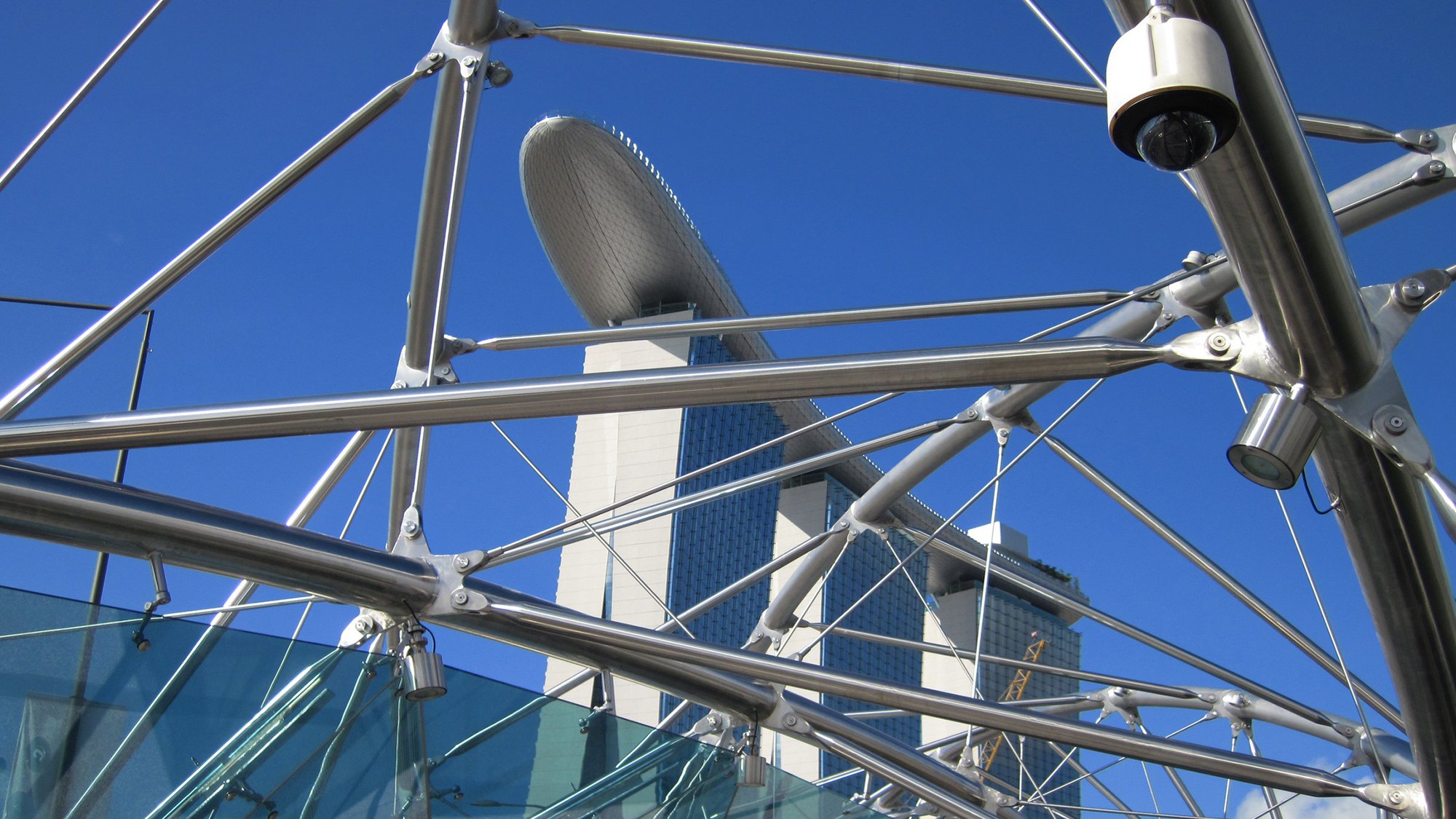 ;
;

